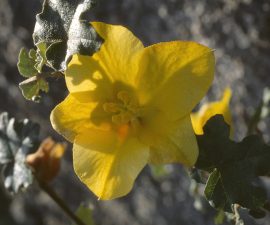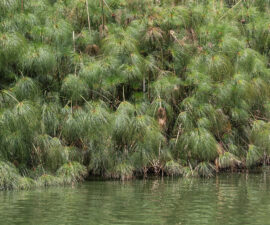Garden options in San Diego branch out beyond beautiful cactus and succulents. The Nativescapes Garden at the Safari Park reveals a stunning palette of possibilities for your yard.
BY Karyl Carmignani
Photography by Tammy Spratt
It has been an extra-arid few years for Southern California, with little rain and snowpack, and increased demands on this precious resource. Many of California’s groundwater basins and reservoirs remain depleted, so residents and businesses are asked to continue their water-saving efforts into 2016, despite the “promise” of El Niño storms. The energetic horticulture team at the San Diego Zoo Safari Park (located in often-savanna-hot Escondido) has been “growing” to great lengths to botanically balance aesthetics, diversity, water conservation, and education around the Park. “There’s a diverse palette of plants to work with,” said Gail Thurston, lead horticulturist, “but at home, people often go to the tried-and-true cactus and succulents.” Not that cactus and succulents are a bad thing, but it’s clear that the colorful, water-wise plant possibilities are as numerous as petals on a pepper tree. A walk through the verdant gardens at the Safari Park demonstrates this nicely.
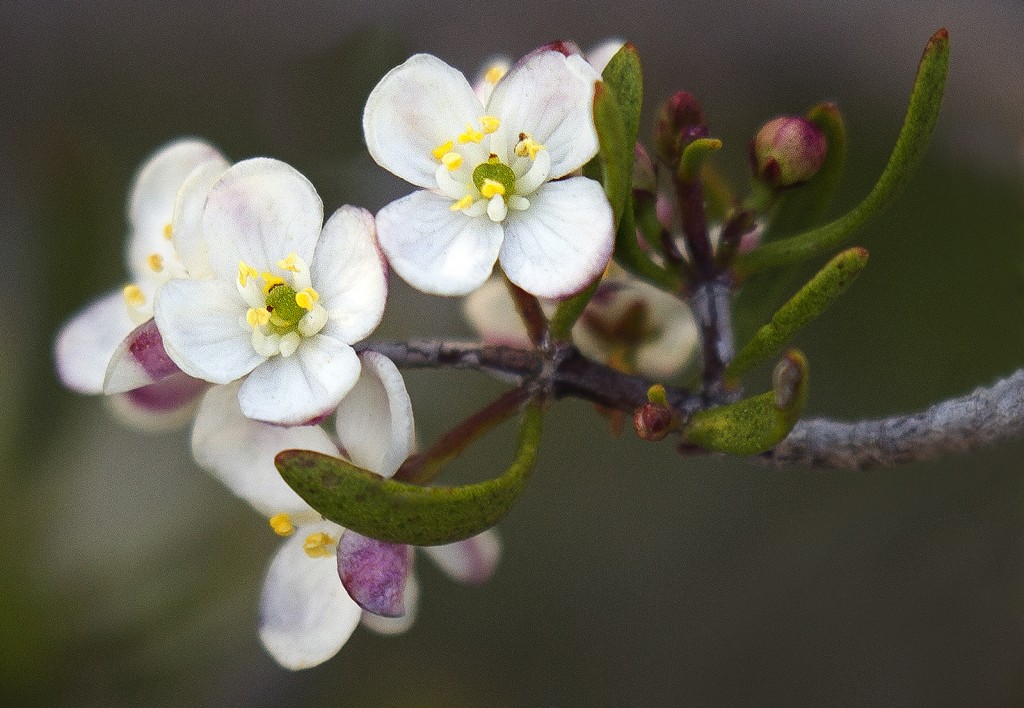
GO NATIVE
The bush rue is an aromatic shrub native to the coastal bluffs of Southern California and Baja California. It is a hardy and easy to grow plant.
Lingo
The Safari Park is home to three accredited botanical collections: the Nativescapes Garden which was developed and maintained by the Lake Hodges Native Plant Club; the Baja Garden, maintained by the San Diego Cactus and Succulent Society; and the Conifer Arboretum. The Nativescapes Garden highlights California plant communities and includes Apache plume, California buckeye, California sages, and monkey flower, among others. California native plant species are adapted to the local climate and soil, so they require little or no fertilizer, soil amendments, or pesticides. Another perk is that native plants draw the native pollinators like birds, butterflies, and bees; local species don’t always pollinate nonnative plants.
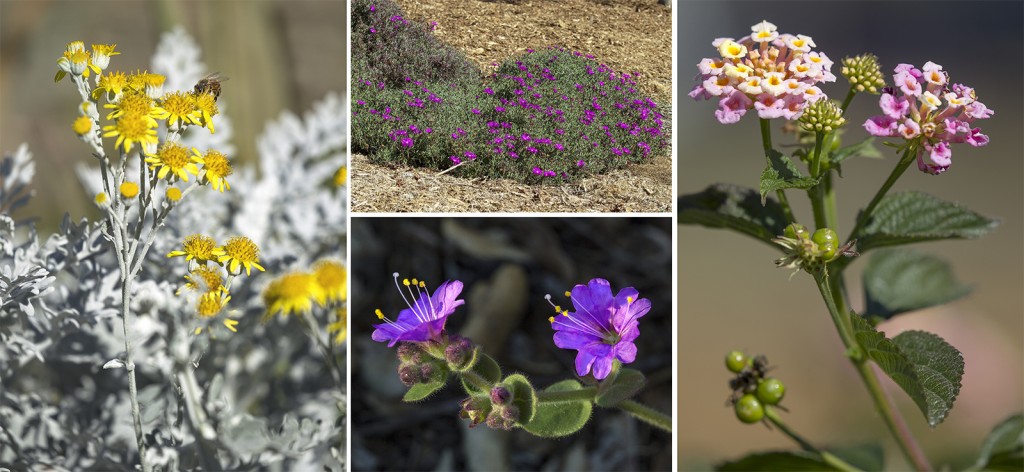
WATERWISE AND COLORFUL
Clockwise from left: dusty miller, ice plant, lantana sp., desert wishbone.
Drought-tolerant plants are winter growers, relying on seasonal rainfall to flourish. These tend to have small, waxy leaves and a short bloom time. “Some plants don’t even ‘accept’ water in summer months, like California wild lilac,” said Gail. “They will take rain, but not irrigation.” Water-wise plants, on the other hand, require some irrigation, and it needs to be done properly (no runoff, deep into the roots). Once established, after about two years, they can get by just fine on little water. “We cut back on irrigation in Nairobi Village by 30 percent, and the plants and trees are still happy!” said Keith Thomas, lead horticulturist. Another landscape term is xeriscape (pronounced zeer-uh-scape), a word coined by the Denver water department. This is a fancy way of describing native plants adapted to a local climate, more resistant to local pests, fire resistant, and with low water needs once established. San Diego County has an ideal climate for any of these plant options.
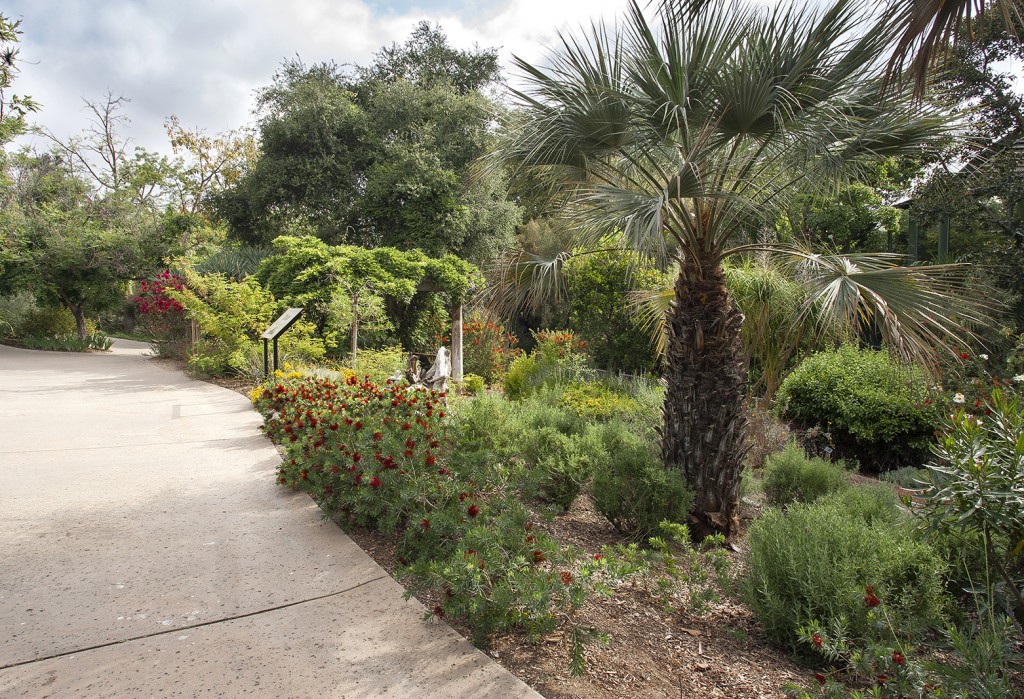
GARDEN GREENS
The Waterwise Garden at the Safari Park, located near the Benbough Amphitheater, is brimming with ideas and inspiration for drought-tolerant planting.
 Guests are invited to take a free guided walking tour of the Safari Park’s Nativescapes Garden on the second Saturday in May, at 10 a.m.
Guests are invited to take a free guided walking tour of the Safari Park’s Nativescapes Garden on the second Saturday in May, at 10 a.m.
Gardening or
plant ID questions?
Email our experts at
parkhort@
sandiegozoo.org.
Hot Tips
Creating water-wise landscaping takes some effort, but the returns are endless. For yard owners, sketching out the available space and possible microclimates within—such as where rain gutters empty, sunlight exposure changes throughout the year, puddle spots, habitual shade, or window reflections—is helpful. Consult with local nurseries, as their plants should be acclimated to your area. Ideally, plants should be grown from seed because “they have built-in natural selection for the survivors, and specimens will be more genetically diverse,” said Robert Thurston, lead horticulturist. “They are stronger growers.” You can ask at your local nursery if the plants are grown from seed or from cuttings. Annuals, those flashy springtime favorites, tend to be hybrids and require more water.
A word of caution if you’re ripping out lawn and leaving established trees: since the trees may have been enjoying runoff from the watered grass, they may need supplemental watering until they adjust to the new, lean water-wise schedule. “Trees can survive on less water if they are watered properly,” said Robert. And that means deep watering so it reaches the root system—short bouts of watering tend to lead to shallow roots. A few years ago, when the water truck made sporadic deliveries to Gail’s area at the Park, she implemented an old arborist trick: saturating the trees’ root system three days in a row, when the water was available, then letting it dry out for several days. “The trees loved getting that deep soaking!” she said. And they continue to flourish on that water schedule today.
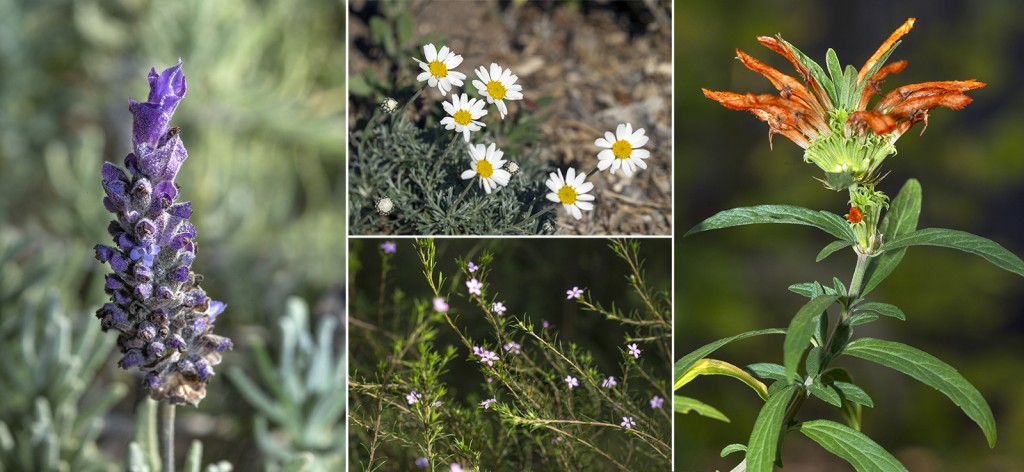
FLASHY FLOURISH
Clockwise from left: Lavender, Moroccan daisy, lion’s tail, pink breath of heaven.
Mulch, Mulch, Mulch
Once you have a plan, know your soil type, add suitable water-wise plants, and set up the watering schedule, the next important element is mulch. Mulch forms a barrier that keeps weeds down, keeps moisture in, and prevents plant roots from freezing. “Natural tree-based mulch adds nutrients to the soil as it breaks down,” said Zach Duncan, lead horticulturist. “It is more beneficial to the landscape than rubber types of mulch.” And it looks so natural! The Park’s Horticulture Department staff stays busy tending to 3,500 botanical species, and they all agree that mulching is key to a successful garden. It takes time to get plants established, but once they are, it’s a beautiful thing. “There are some trees here—sumacs, oaks, and peppers—that were here before the Park was even created,” said Robert. Those hardy specimens had to make do with self-mulching, using their fallen leaves to keep the water where they needed it. “Once they have established good roots, the plants can take nature’s stress,” added Gail.
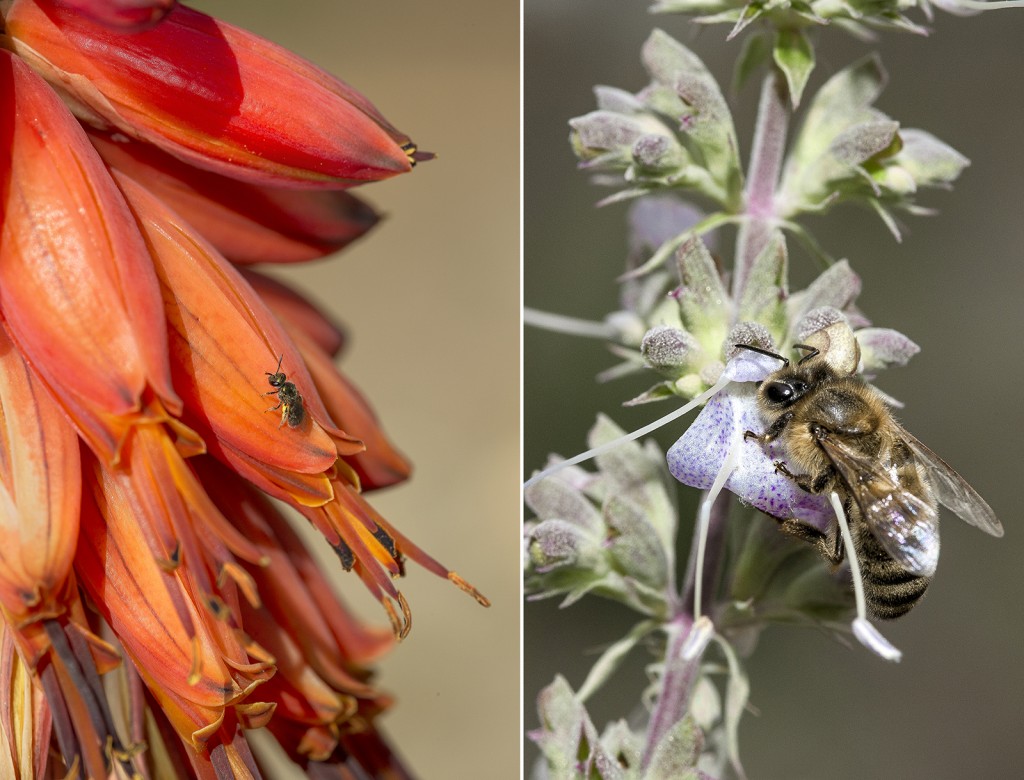
STICK YOUR NECTAR OUT
Pollinators large and small do their part for keeping native species thriving.
A Walk in the Park
The 34 people making up the Horticulture Department at the Safari Park are an industrious, flexible group committed to their botanical charges and making sure visitors are immersed in the plant experience, even if they don’t realize it. Keith said he “enjoys working with a diverse plant palette where a cheetah could walk right by you…even if that cheetah could also take out your irrigation system.” The team gets help from seven volunteer garden clubs in the region, which is much appreciated, and without whose help the gardens couldn’t flourish. “We do really cool stuff around here,” said Katie Ostrander, administrative assistant in horticulture. “There’s a lot more you can do than throw rocks down.” And that’s how the Park stays pretty in a parched region!



